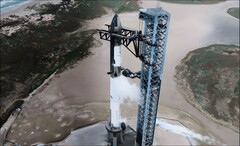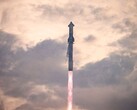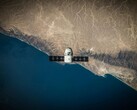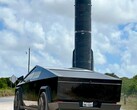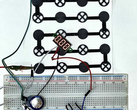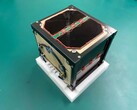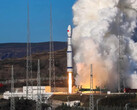The prototype of SpaceX's Starship rocket completed its final test flight on Tuesday. President-elect Donald Trump and SpaceX CEO Elon Musk watched as the world's largest rocket lifted off the launch pad. The sixth test flight of the SpaceX Starship went almost flawlessly, and the current model will be replaced by a larger and improved rocket model for the next flight.
Prior to the test flight, SpaceX engineers had modified the Starship rocket once again, removing more than 2,000 heat shield tiles to save weight. However, the rocket was still unable to carry a test payload of sensors, and only had enough power to carry a banana to demonstrate weightlessness.
However, the Starship rocket reached an altitude of almost 200 kilometers at a speed of an impressive 25,000 kilometers per hour. The two rocket stages separated at about 3,000 miles per hour, but a malfunction prevented the super-heavy booster from being captured. The booster was supposed to land back at the launch site in South Texas, but instead had to make a water landing in the ocean.
The Starship spacecraft itself reached its maximum orbit of 190 km in space as planned. There, one of the engines fired as planned to return to Earth. Re-entry into the atmosphere and landing in the Indian Ocean were successful. The Starship Block 1 test program has shown what is possible, but both stages of the rocket still need to be reworked. The goal is to be able to reuse both Starship and the first stage in the future.
Source(s)
SpaceX (X) via Heise




